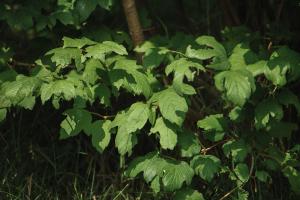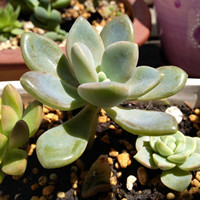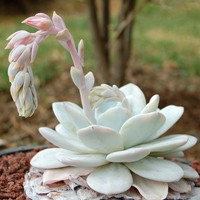How does planting trees help soil erosion?
Soil erosion is a natural process that results in the removal of the topmost layer of soil. However, the rate at which erosion occurs has increased dramatically due to human activities such as deforestation, overgrazing, and agricultural practices. Soil erosion can have numerous negative consequences such as loss of soil fertility, reduced agricultural productivity, and damage to infrastructure. Planting trees is an effective way to help reduce soil erosion; let's explore how.
Tree Roots Help to Hold Soil in Place
Trees have a root system that anchors them firmly into the ground. These roots penetrate deep into the soil, helping to hold it in place. When it rains, the bevy of roots under the trees helps to absorb and slow the water, letting it seep into the ground. The roots also stabilize the soil by creating small channels, which help to direct surface water away from the soil surface.
Trees Can Prevent Wind Erosion
In addition to water, wind erosion is another significant cause of soil erosion. Trees can help prevent wind erosion by acting as windbreaks or shelterbelts. When trees are planted in strategic locations, such as along the edges of fields or paddocks, they intercept the wind, reducing its velocity and force. As a result, less soil is blown away and more soil nutrients are retained.
Tree Canopies Reduce the Impact of Raindrops
When raindrops hit the soil surface, they dislodge the top layer of soil, which is then carried away by water. However, when trees are present, their branches and leaves form a canopy that shields the soil surface from raindrops. The canopy breaks up the fall of raindrops, dispersing them over a larger area, reducing the force and velocity of the water. This, in turn, helps to reduce soil erosion.
Trees Help to Improve Soil Quality
When trees are planted on degraded soils, they help to improve soil quality. Trees have deep roots that can penetrate into the subsoil, bringing up nutrients and minerals that are essential for plant growth. As the trees shed their leaves, they create an organic layer on top of the soil, which helps to improve soil structure and fertility. The roots of trees also help to create soil porosity by burrowing into the soil and creating channels for air and water to move through.
Trees Provide Habitat for Soil Microorganisms
Soil microorganisms are essential for maintaining healthy soil. They help to decompose organic matter, break down pollutants, and cycle nutrients. Trees provide an ideal habitat for soil microorganisms to thrive. The roots of trees release sugars and other organic compounds, which attract microorganisms to the soil. As microorganisms grow and multiply, they help to create a healthy soil ecosystem, which is essential for reducing soil erosion.
In conclusion, planting trees is an effective way to help reduce soil erosion. Trees help to hold soil in place, prevent wind erosion, reduce the impact of raindrops, improve soil quality, and provide a habitat for soil microorganisms. Therefore, planting trees is a simple and effective way to combat soil erosion and promote healthy soil ecosystems.

 how many times do yo...
how many times do yo... how many planted tre...
how many planted tre... how many pine trees ...
how many pine trees ... how many pecan trees...
how many pecan trees... how many plants comp...
how many plants comp... how many plants can ...
how many plants can ... how many plants and ...
how many plants and ... how many pepper plan...
how many pepper plan...


























